



Consider mixing a solution of water and mild detergent in a bucket. Use a stiff-bristle brush to scrub surfaces with this mixture. For stubborn stains, adding a splash of vinegar can enhance the cleaning action. Ensure you thoroughly rinse the area with clean water afterwards to prevent any residue.
For walls, particularly if they have accumulated dirt and grime, a long-handled scrub brush will help reach higher spots without needing a ladder. Apply the soapy solution section by section and rinse promptly to avoid streaks.
When treating pathways or driveways, you might want to explore baking soda as a gentle abrasive. Sprinkle it over the stained areas, then scrub with a damp brush. Rinse it away with a hose, ensuring all residues are eliminated.
Decks benefit from a simplified approach using a blend of warm water and a suitable deck cleaning product. Work in manageable sections, applying evenly while avoiding puddling. Regular maintenance reduces the build-up of stains and makes your outdoor surfaces more inviting.
Finally, invest in a quality squeegee or window cleaning tool for glass surfaces. A simple vinegar-water mix can revive windows, leaving them streak-free and crystal clear, perfect for letting in more natural light.
Methods for External Maintenance Without High-Pressure Equipment
Begin with a bucket of warm water mixed with dish soap or a dedicated cleaner for exterior surfaces. Use a soft-bristled brush or sponge to scrub the area, ensuring to work from the top down. This approach prevents dirty water from running over already cleaned sections. Rinse with a garden hose to wash away soap residue.
Utilising Baking Soda and Vinegar
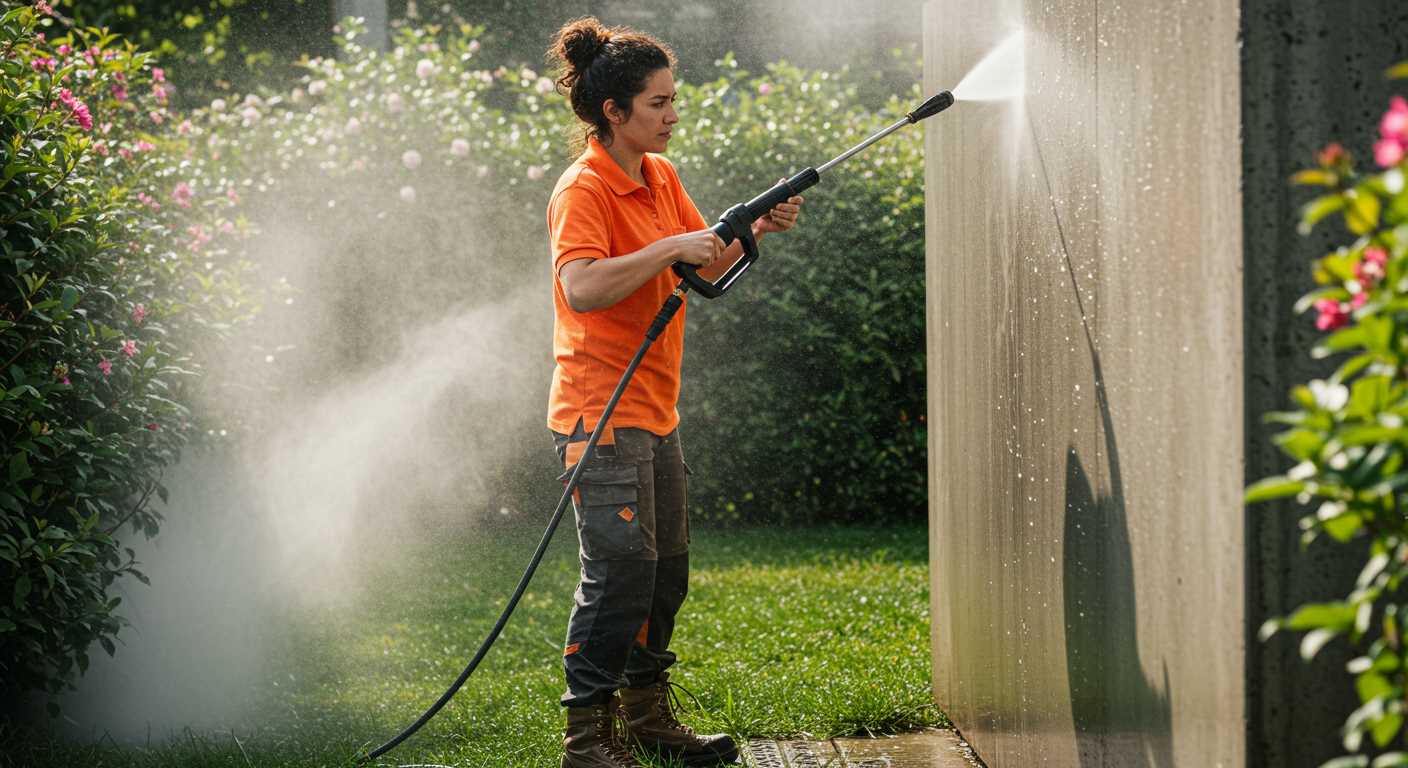
For stubborn stains, combine baking soda and vinegar to create a paste. Apply it directly to the affected areas and let it sit for about 30 minutes before scrubbing. This natural solution is effective against mildew and grime. Rinse thoroughly with water, ensuring all residues are removed.
Employing a Foam Sprayer
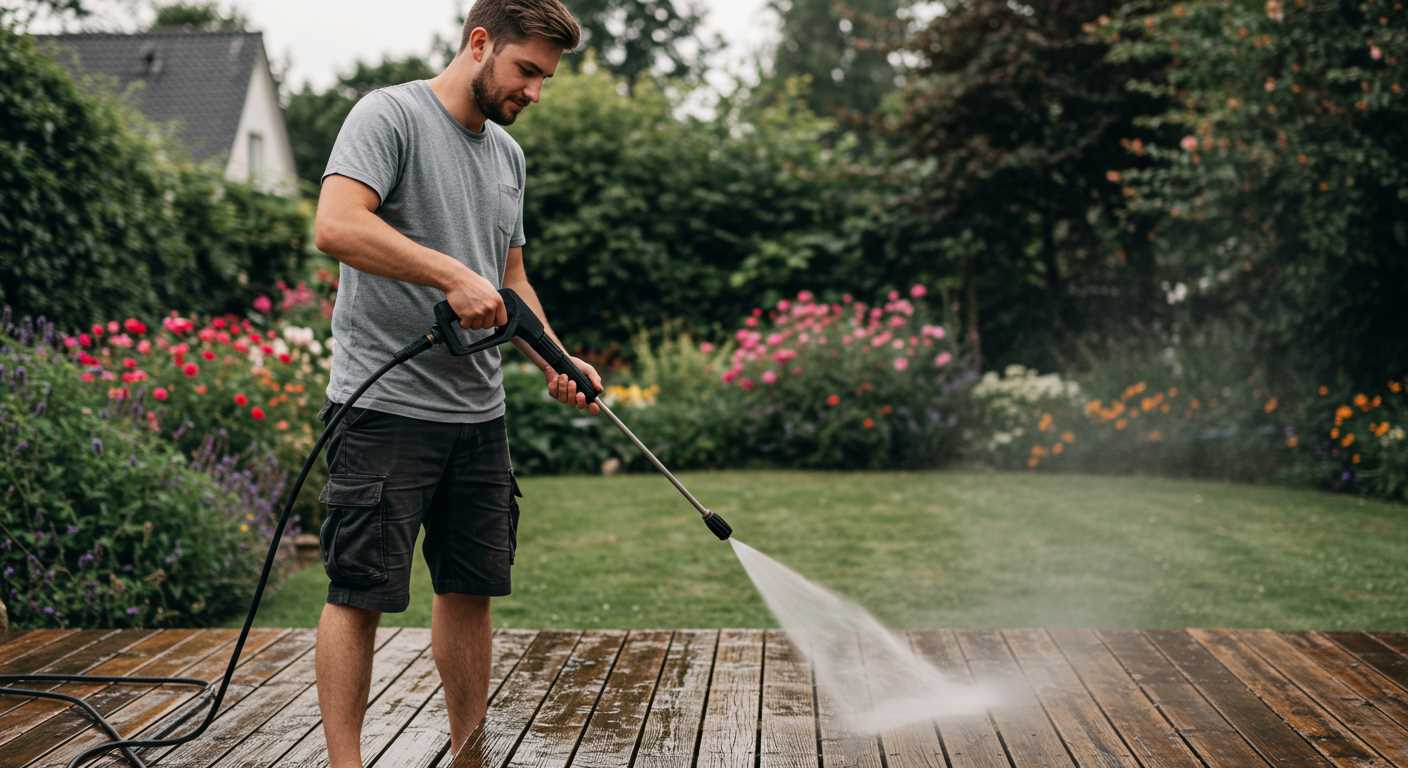
If available, use a foam sprayer attached to your garden hose. Fill it with a cleaning solution, allowing the foam to cling to surfaces and break down dirt more effectively. After letting it act for the recommended duration, rinse with a steady stream of water.
Choosing the Right Cleaning Solutions for Exterior Surfaces
Opt for biodegradable and eco-friendly formulations to protect plant life and waterways. These products effectively tackle dirt and grime without causing harm to the environment. Look for labels that specify ‘non-toxic’ and ‘biodegradable’ to ensure safety.
Specific Formulations for Different Materials
Match your choice of cleaner to the surface being treated. For painted exteriors, a gentle soap solution mixed with warm water works well. For brick or stone, try a mixture of vinegar and water, which breaks down moss and mildew while being aggressive enough to eliminate embedded dirt. Wood surfaces may need a wood cleaner that prevents damage and preserves the finish.
Concentration and Application
Carefully follow dilution instructions. Higher concentrations may promise faster results, but can damage surfaces if used improperly. Always test a small, inconspicuous area before proceeding with the full application. Use a sprayer or sponge for even distribution and ensure the cleaner has adequate time to act on the surface before rinsing.
Gathering Necessary Tools for a Manual Cleaning Job
To tackle exterior surfaces effectively, gather a few key items that will significantly aid the task.
Must-Have Supplies
- Buckets: Two buckets are essential–one for your cleaning solution and another for rinsing.
- Soft Broom: This will help sweep away debris, dirt, and leaves before applying any cleaning agents.
- Sponge or Cloth: A durable sponge or cloth is vital for scrubbing surfaces without causing scratches.
- Scrub Brush: Opt for one with firm bristles, suitable for removing tough stains, especially on textured surfaces.
- Garden Hose: A simple garden hose will provide the necessary water supply for rinsing.
- Extension Ladder: For reaching high areas safely, an extension ladder is a must to ensure thorough cleaning.
Additional Tools
- Squeegee: Perfect for wiping down surfaces post-wash, preventing streaks.
- Gloves: Protect your hands from harsh chemicals and rough surfaces.
- Scraper or Putty Knife: Useful for lifting off stubborn spots of grime or mildew.
- Stiff-bristled Brush: Ideal for cleaning sidewalks, patios, and decks where dirt accumulates.
With these tools in hand, the task of refreshing exteriors becomes manageable and efficient.
Step-by-Step Guide to Clean Windows without Streaks
Use the right time of day; cleaning during mild, overcast conditions prevents quick evaporation, which can cause streaks. Begin early to let surfaces cool, avoiding the sun’s direct rays.
Prepare Your Solution
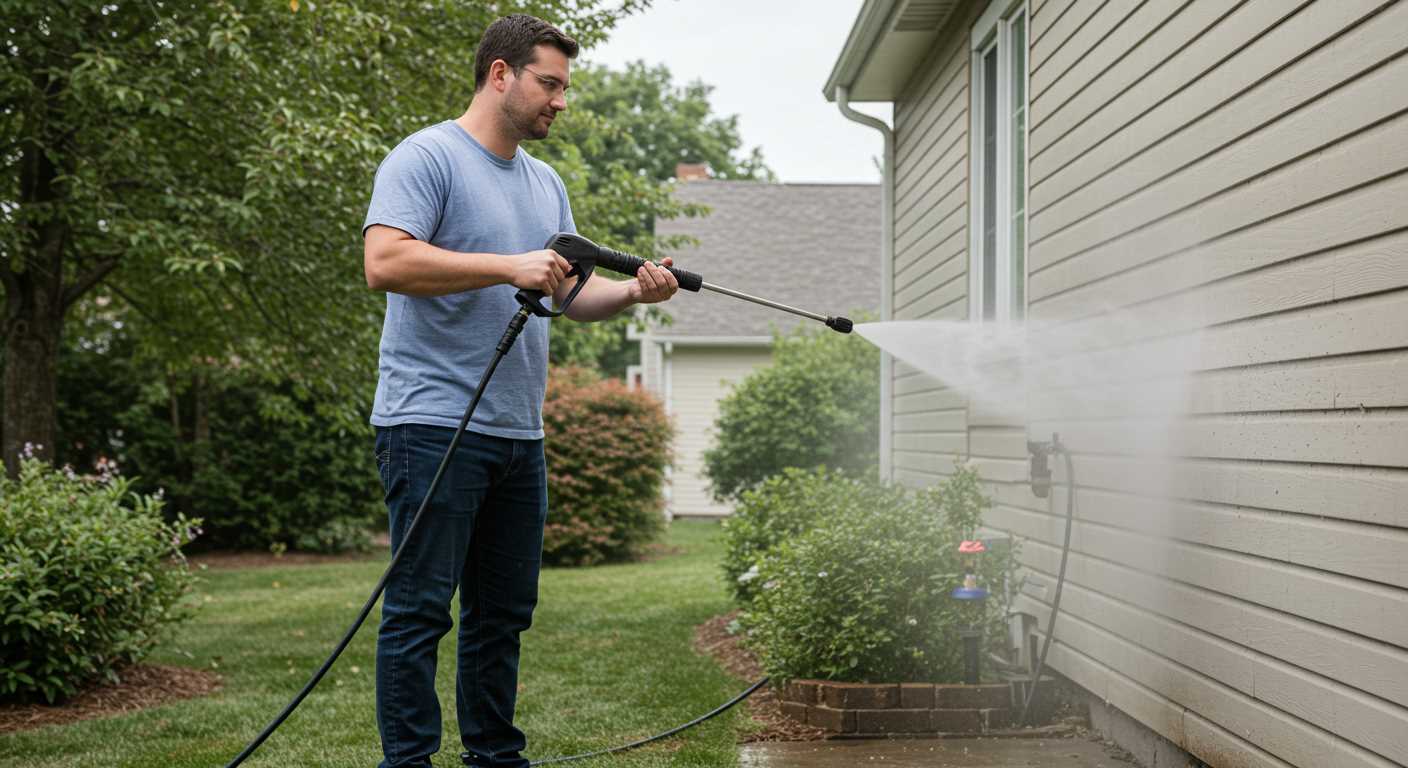
Mix one part distilled white vinegar with one part distilled water in a spray bottle. This natural solution breaks down dirt effectively. For heavy grime, add a few drops of dish soap to boost cleaning power. Avoid using tap water due to mineral deposits that may leave spots.
Technique for Streak-Free Finish
Use a microfiber cloth or a squeegee for optimal results. Spray the cleaning solution generously on the glass. If using a cloth, wipe in a circular motion to lift dirt. For a squeegee, start at the top corner and pull down in a smooth motion, wiping the blade with a cloth after each pass to avoid re-depositing debris.
After cleaning, wipe edges and corners with a cloth to catch any remaining drips. Using a straight or a horizontal motion helps eliminate streaks. Finally, take a moment to inspect the work from different angles to ensure clarity without residue.
Removing Dirt and Grime from Walls and Sidings
The first step is to prepare a suitable cleaning solution. I recommend mixing warm water with a gentle detergent. If the dirt is stubborn, adding a cup of white vinegar can enhance effectiveness.
Next, gather your tools:
- Soft-bristled brush or scrub brush
- Bucket
- Garden hose or spray bottle
- Protective eyewear and gloves
Before applying any solution, wet the surface you are targeting. This helps to loosen the grime, making it easier to remove. Apply your cleaning mixture generously using either the brush or spray bottle. Start from the bottom and work your way up to prevent streaks and allow gravity to assist in rinsing away residues.
For textured surfaces or sidings, use the brush to scrub in circular motions. Pay extra attention to corners and edges where dirt tends to accumulate. Rinse frequently with water to see where additional cleaning is required.
After the initial scrubbing, you may need to repeat this process for areas with heavy staining. For best results, let the solution sit for a few minutes before rinsing.
Always finish with a thorough rinse using clean water to ensure no soap remains, which could attract new dirt. For quick drying, you can use a chamois or microfiber cloth to wipe down the surface. This method effectively restores the appearance of your surfaces without the need for heavy equipment.
Effective Techniques for Cleaning Driveways and Patios
Start with a broom or a stiff-bristle brush to remove loose debris like dirt, leaves, and stones. This not only prepares the surface for deeper cleaning but also helps you identify areas with stains or grime buildup that need more attention.
Choosing the Right Cleaning Solution
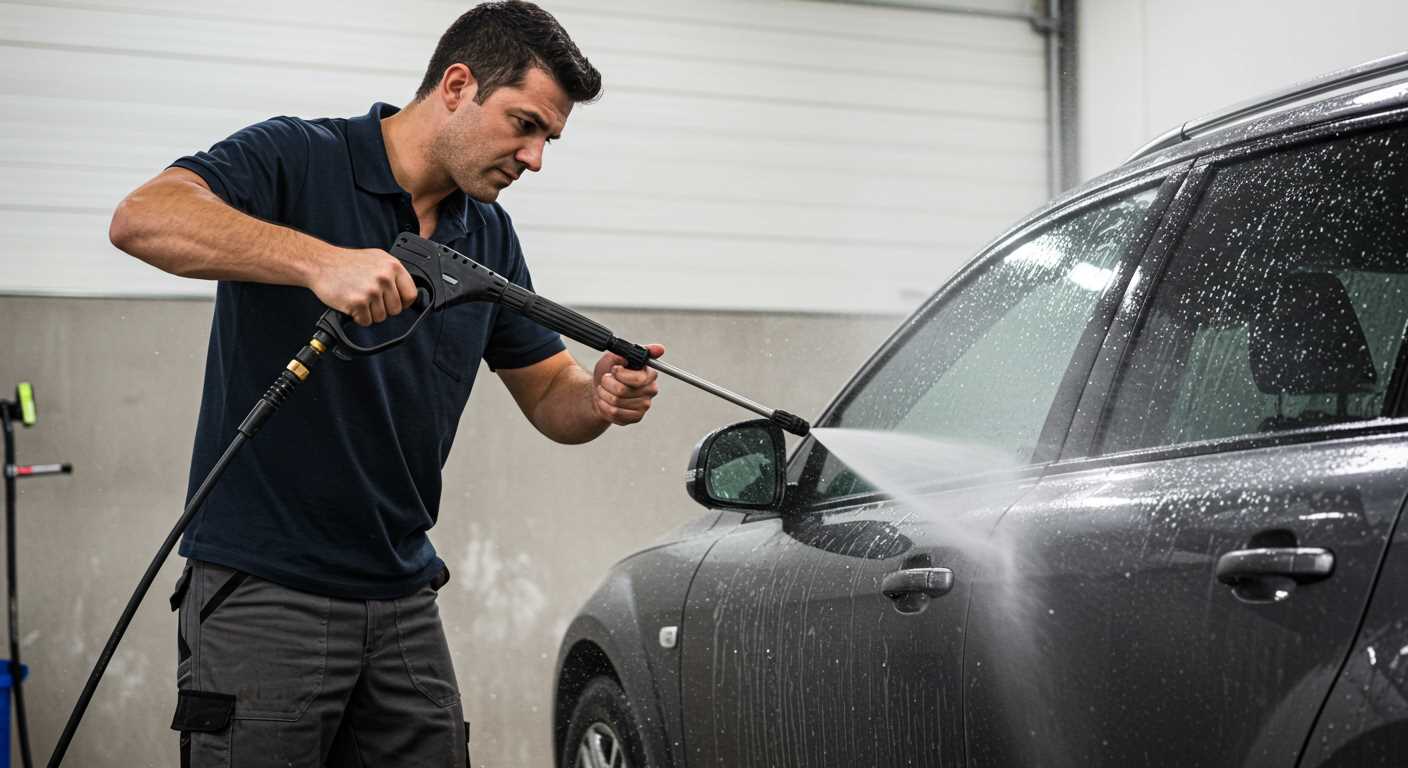
Mix a solution tailored for the specific type of material. For concrete and stone, a blend of water and vinegar or baking soda works well. For tough stains like oil or grease, dish soap mixed with hot water can cut through the grime effectively.
Scrubbing Techniques
Once the solution is prepared, apply it generously to the surface. Use a long-handled brush or a mop for larger areas to maintain ergonomic comfort. Let the solution sit for about 10-15 minutes, this allows it to penetrate and break down stubborn stains. Follow up with scrubbing in a circular motion to lift the residue. For particularly tough spots, consider using a scrubbing pad designed for floor cleaning.
After scrubbing, rinse thoroughly with a garden hose to remove any cleaning solution and loosened dirt. If you notice any lingering stains, repeat the process or spot-treat those areas again with a concentrated solution.
Maintaining a Clean Exterior: Tips for Regular Upkeep
Regular maintenance is critical to preserving the aesthetic appeal of your property. Instead of relying solely on sporadic thorough cleans, implement a seasonal routine to keep surfaces fresh.
Establish a Seasonal Schedule
Divide the year into four cleaning sessions: spring, summer, autumn, and winter. Each season brings specific tasks:
- Spring: Focus on removing debris and preparing surfaces for warmer months.
- Summer: Maintain patios and pathways, addressing stains from outdoor activities.
- Autumn: Clear fallen leaves and prepare for inclement weather.
- Winter: Remove snow and ice, preventing damage to surfaces.
Engage in Routine Inspections
Conduct monthly assessments to identify build-up or damage. Check for mould, mildew, or stains that might require immediate attention. Addressing issues promptly can prevent long-term damage.
Utilise Environmentally Friendly Approaches
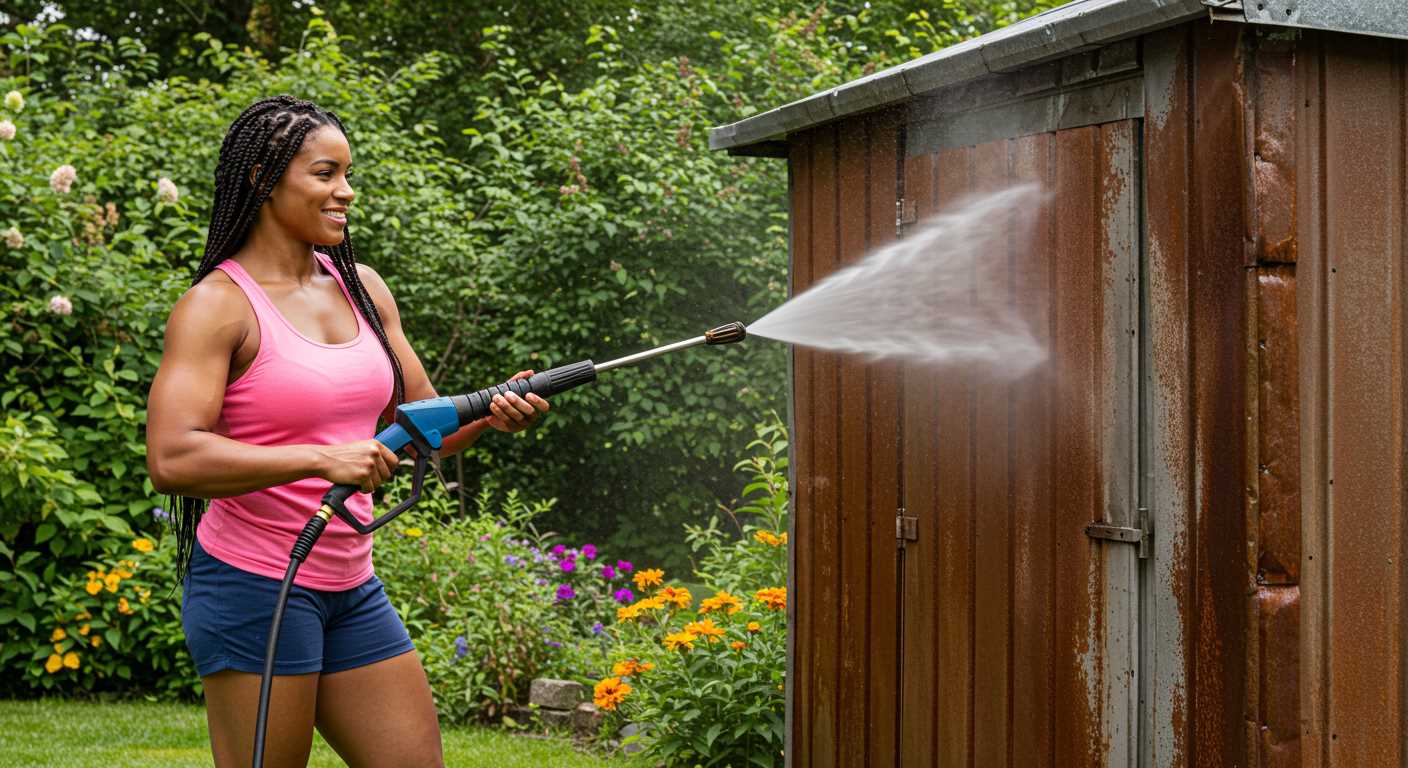
Opt for natural solutions such as a vinegar and water mix to disinfect and freshen surfaces. Baking soda is excellent for tackling more stubborn grime. This approach protects the local ecosystem while maintaining appearance.
Organise Your Cleaning Arsenal
Keep cleaning tools and solutions neatly arranged. Designate a specific area for inventory. Include items like scrub brushes, buckets, a broom, and eco-friendly detergents. Having these accessible encourages adherence to your maintenance routine.
| Task | Frequency | Recommended Products |
|---|---|---|
| Remove Debris | Weekly | Leaf Blower, Rake |
| Inspect Surfaces | Monthly | – |
| Disinfect Areas | Seasonally | Vinegar, Baking Soda |
| Check for Damage | Bi-Annually | – |
Incorporating these strategies can greatly simplify upkeep and ensure a welcoming appearance year-round. The goal is to create a habit that seamlessly integrates maintenance into your routine, preventing excessive build-up and wear over time.









